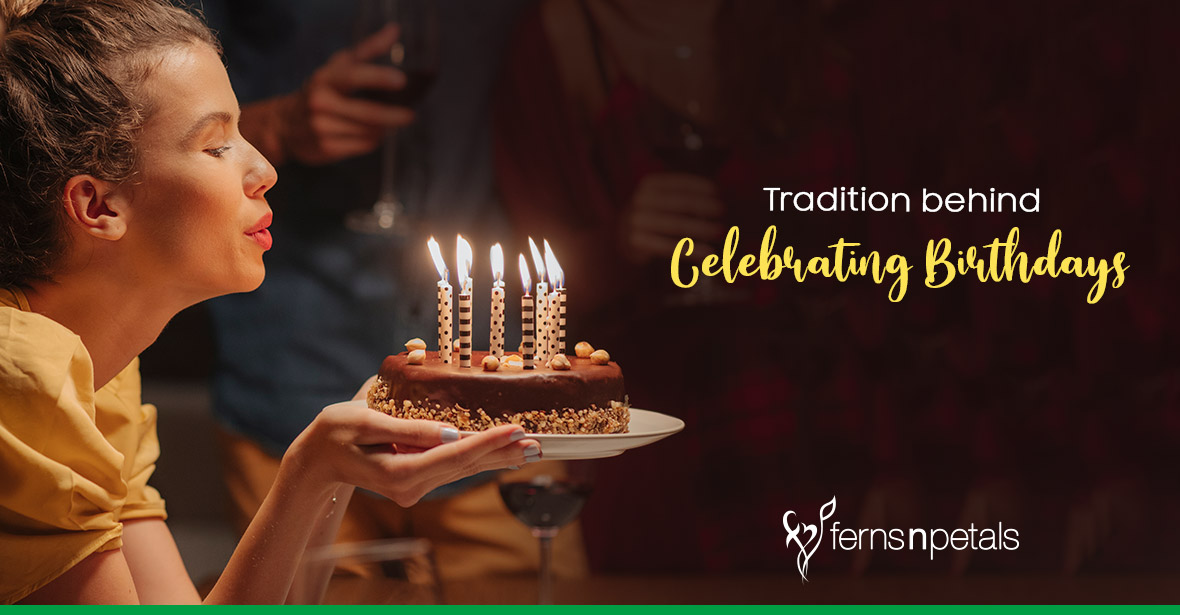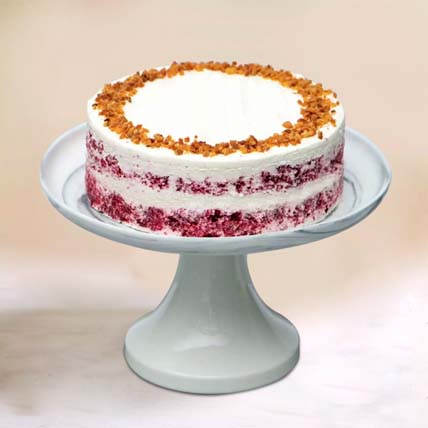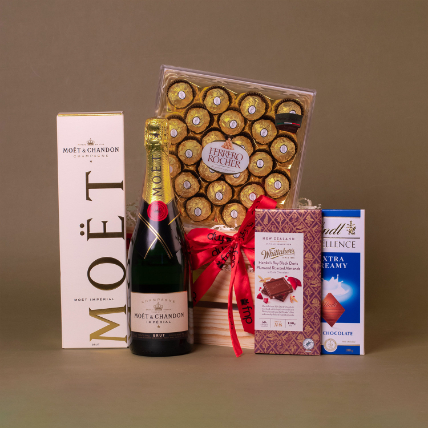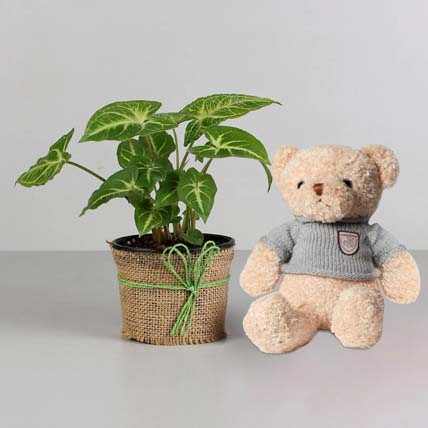What Is The Tradition Behind Celebrating Birthdays With Cakes & Candles?
- Author:Anushka Published: 9th November, 2021
Dim lights, hush around! The person enters the room blindfolded and a cake aglow with candles is put in front of him. His blindfold is removed and everyone hums ‘Happy Birthday to you’; he makes a wish, blows out the candles and cuts the cake amidst claps and cheers.

Sounds obvious? Of course! You do this every year. Birthday is the most cherished day of our life. And why not? There is so much to love and enjoy - balloons, candles, parties, presents, colourful decorations and 24 hours of unlimited attention from everyone. Even if you don’t party and stay low-key on your birthday, you are sure to cut a cake. A birthday without cutting a cake is like food without salt.
But in the midst of enjoying frosting and cherries, have you ever pondered upon ‘Why the commemoration of my birthday depends upon a cake?’ After rummaging through numerous stories on the net and doing vast research on the topic, we have jotted down the history of the birthday cake & candle.
A Delicious History of Birthday Cakes
The ancient Egyptians are credited with introducing the celebration of birthdays. A person crowned as a pharaoh becomes a god and the coronation day was a special event.
Ancient Greeks borrowed this birthday tradition but believed that a dessert would amp up the celebrations. They would celebrate the birth of the Goddess of the moon, Artemis, by preparing round, moon-shaped cakes as a tribute. The cake was then decorated with lit candles to represent the ‘light of life’. This is the reason why we light candles on our birthday cakes to date.
Do you know?
It is believed that the first birthday cake was made in Germany during middle age. The Germans would celebrate birthdays with cake and called the celebration ‘Kinderfest’. The cake would have as many candles as the age of the birthday boy/girl and one extra to symbolise the upcoming year.
Also, there were not any birthday gifts for him or her - just good wishes. Originally, the cakes were merely a bread-like product with no sugariness. Come the 17th century, the cakes were made more detailed, fancied with layers, icing and decorations.









